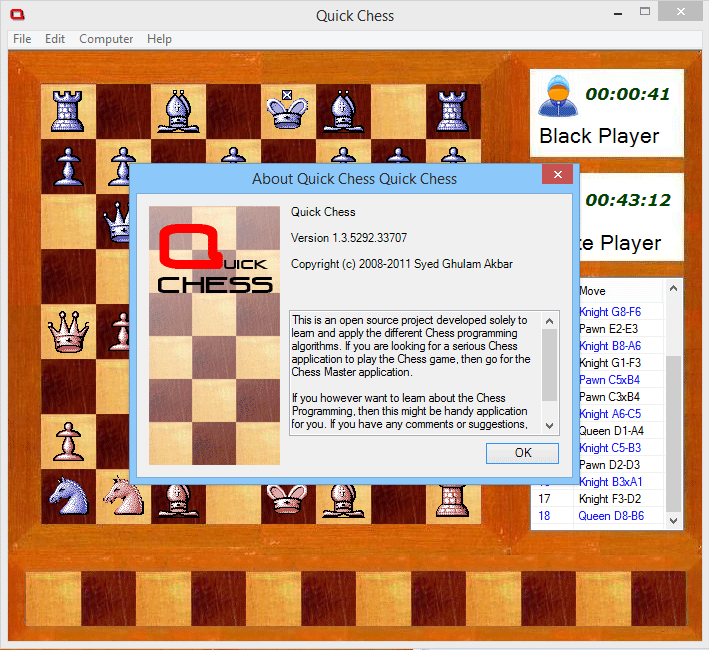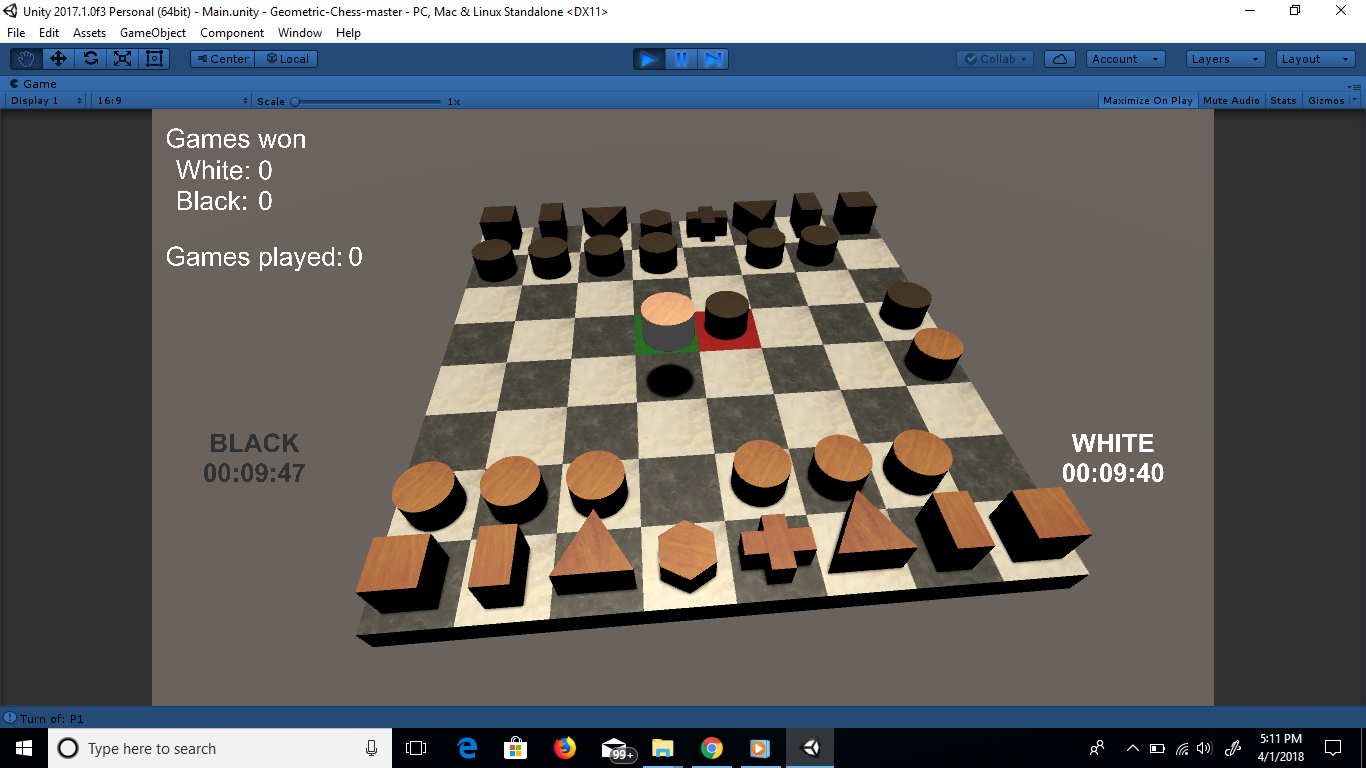


In this case, the results we get will be in the scale of size of chess board square. Now for X,Y values, we can simply pass the points as (0,0), (1,0), (2,0). This consideration helps us to find only X,Y values. But for simplicity, we can say chess board was kept stationary at XY plane, (so Z=0 always) and camera was moved accordingly. What about the 3D points from real world space? Those images are taken from a static camera and chess boards are placed at different locations and orientations. (These image points are locations where two black squares touch each other in chess boards) 2D image points are OK which we can easily find from the image. The important input data needed for calibration of the camera is the set of 3D real world points and the corresponding 2D coordinates of these points in the image. OpenCV comes with some images of a chess board (see samples/data/left01.jpg – left14.jpg), so we will utilize these.

CodeĪs mentioned above, we need at least 10 test patterns for camera calibration. For better results, we need at least 10 test patterns. We know the coordinates of these points in real world space and we know the coordinates in the image, so we can solve for the distortion coefficients. We find some specific points of which we already know the relative positions (e.g. To find these parameters, we must provide some sample images of a well defined pattern (e.g. \\]Įxtrinsic parameters corresponds to rotation and translation vectors which translates a coordinates of a 3D point to a coordinate system.įor stereo applications, these distortions need to be corrected first. Radial distortion can be represented as follows:


 0 kommentar(er)
0 kommentar(er)
